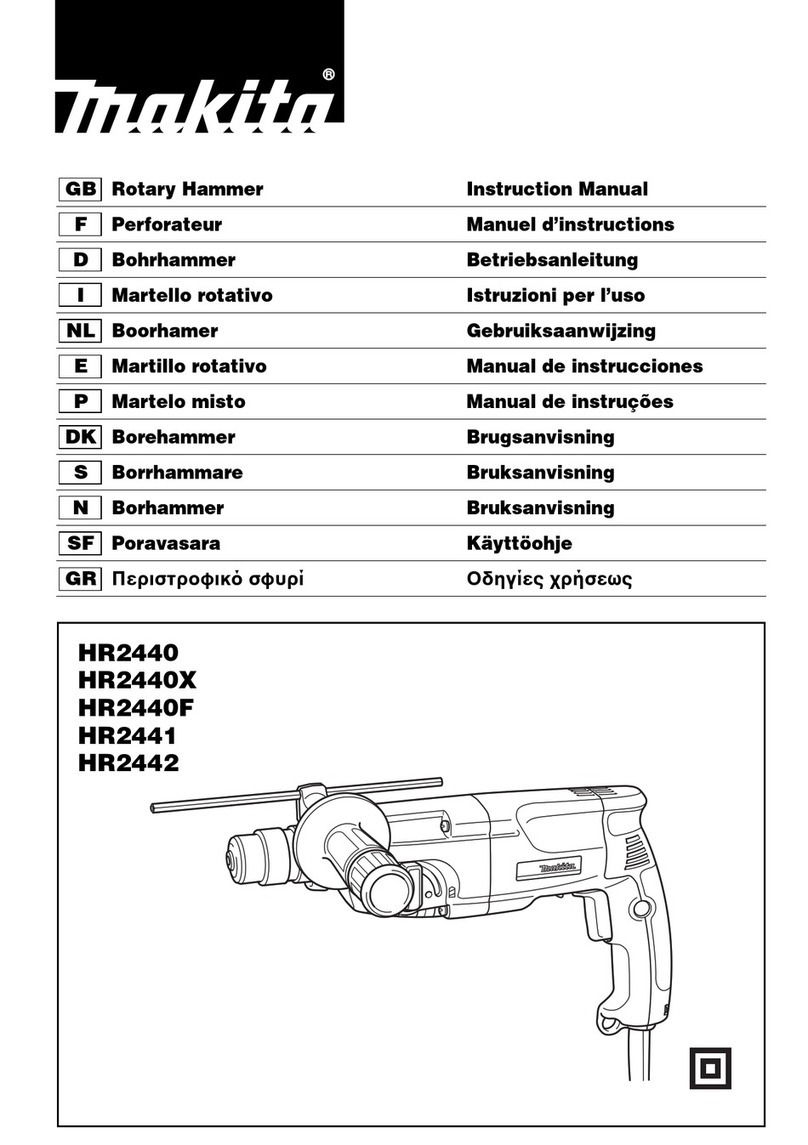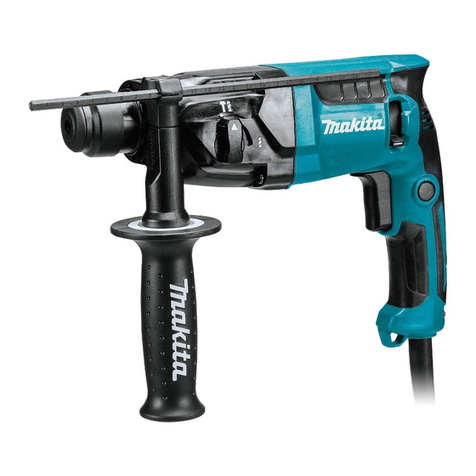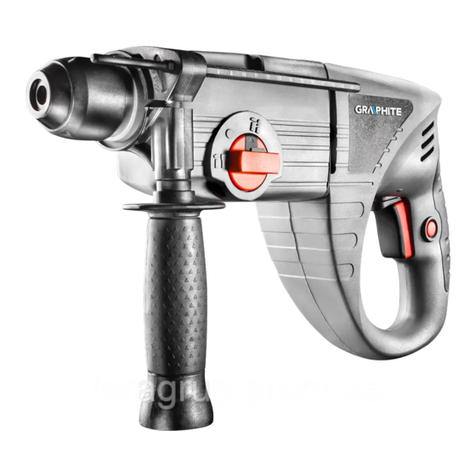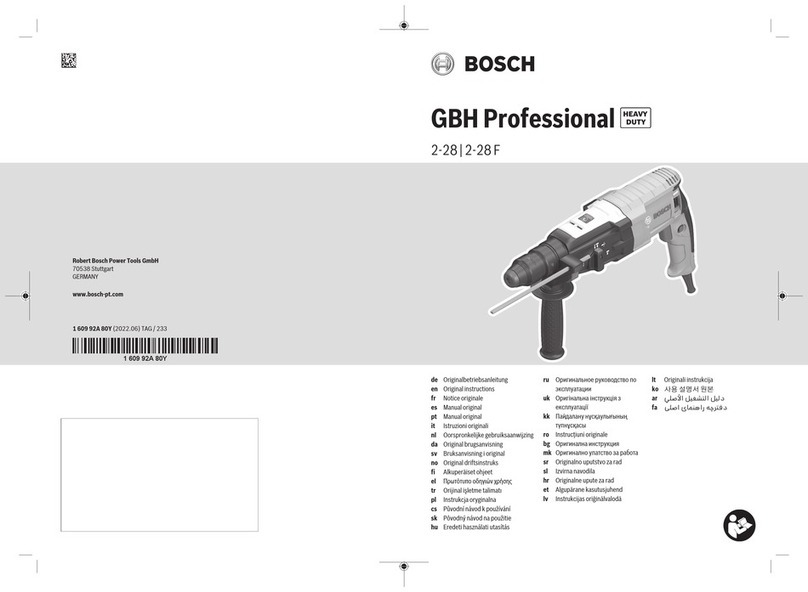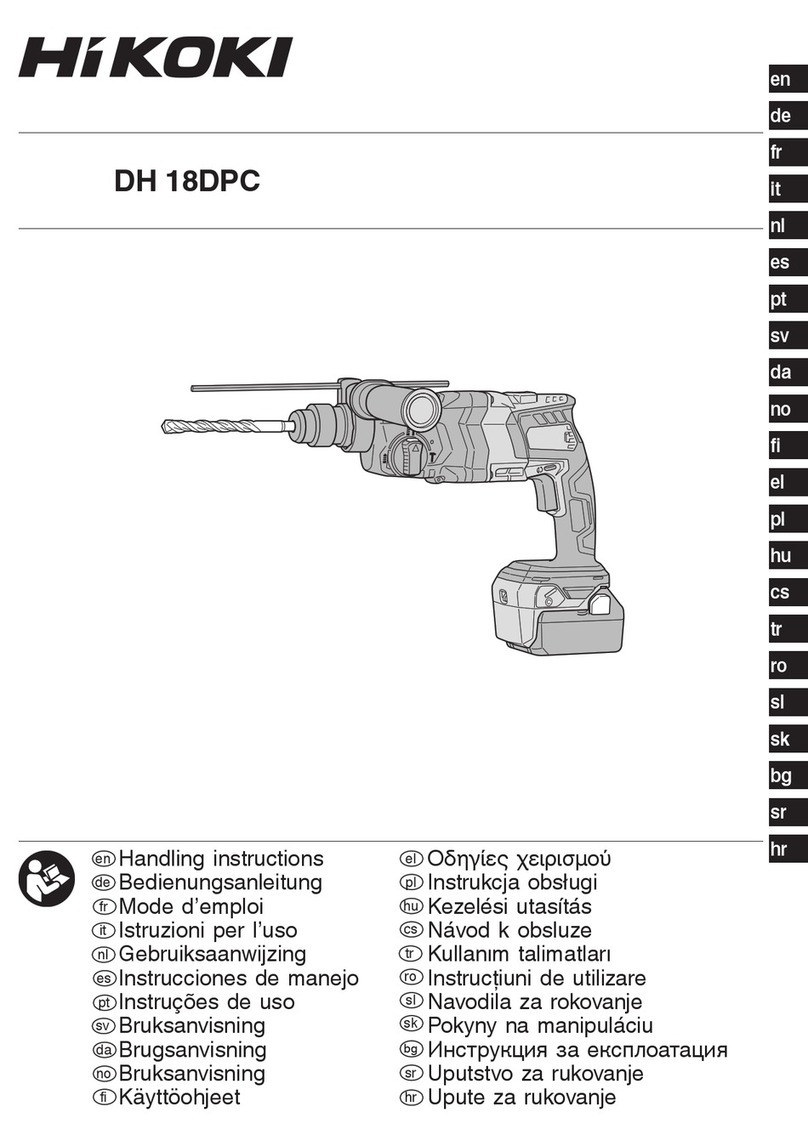Makita HRIGODH User manual
Other Makita Rotary Hammer manuals
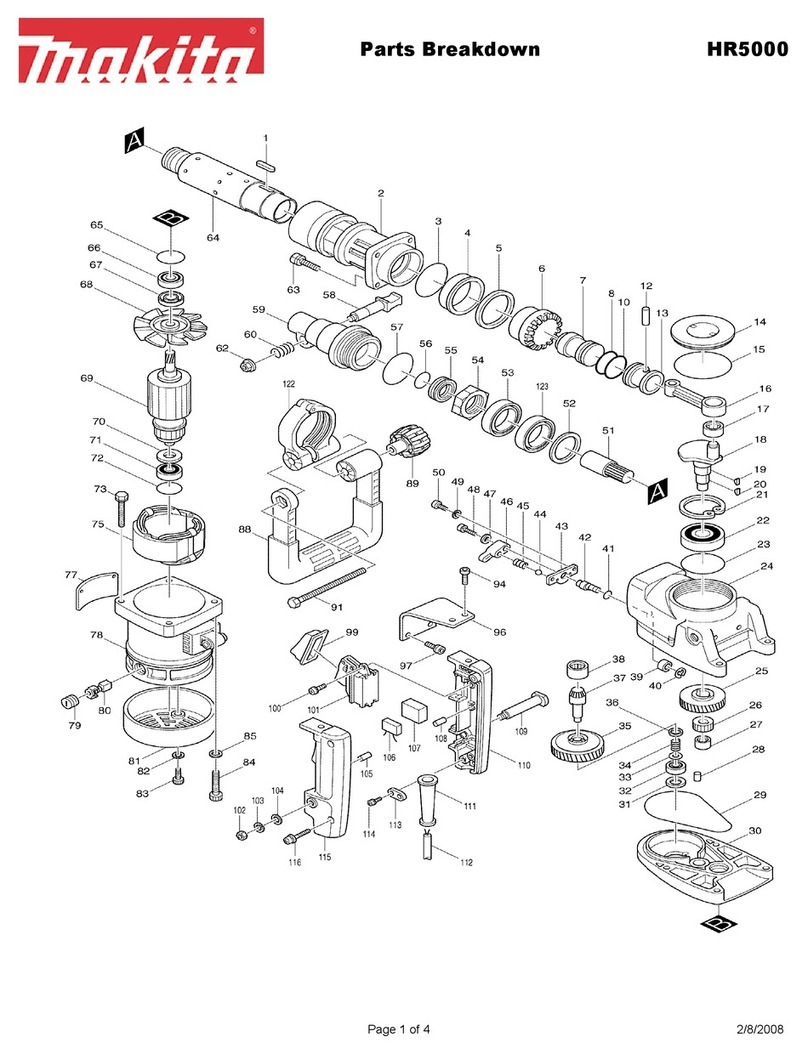
Makita
Makita HR5000 Quick start guide
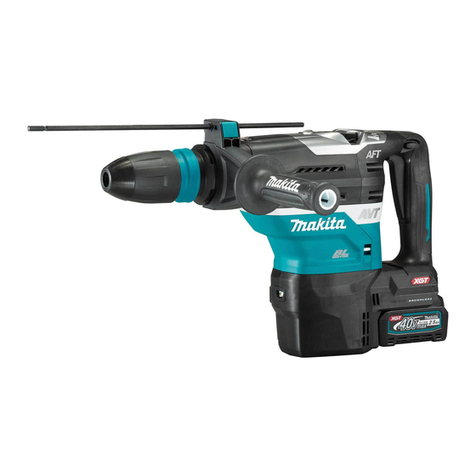
Makita
Makita HR005G User manual
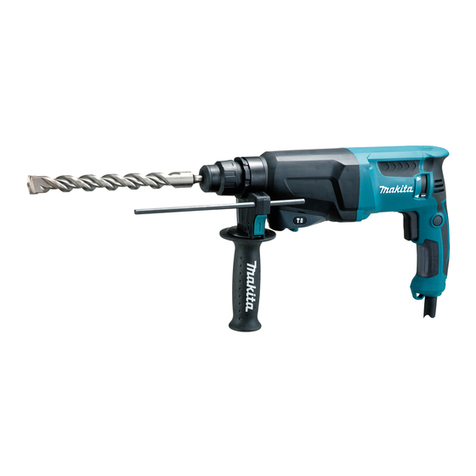
Makita
Makita HR2300 User manual
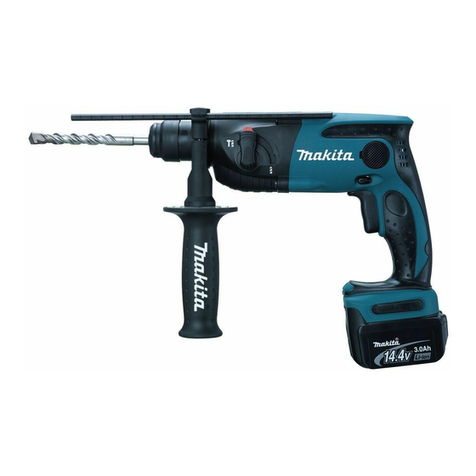
Makita
Makita BHR162 User manual

Makita
Makita HR2230 User manual
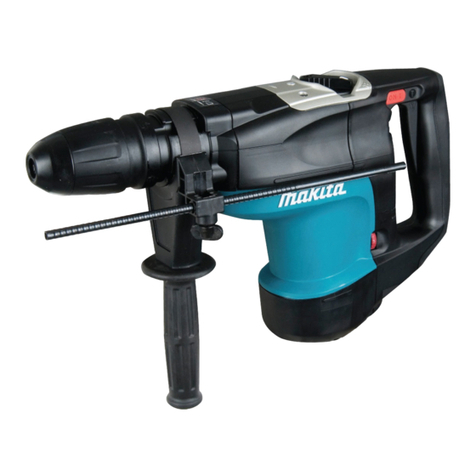
Makita
Makita HR4001C Quick start guide

Makita
Makita HK0500 User manual
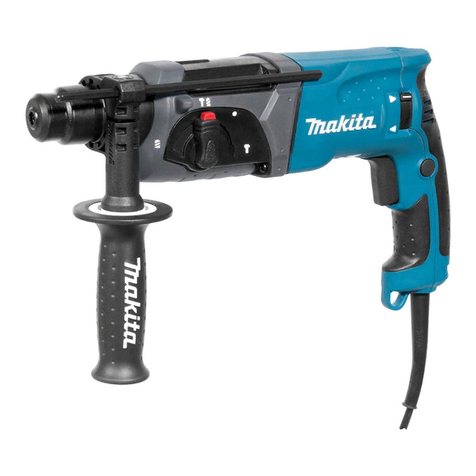
Makita
Makita HR2470 User manual

Makita
Makita HR2440 User manual
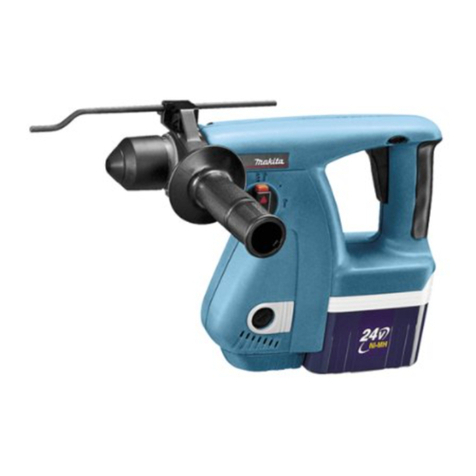
Makita
Makita BHR200 User manual
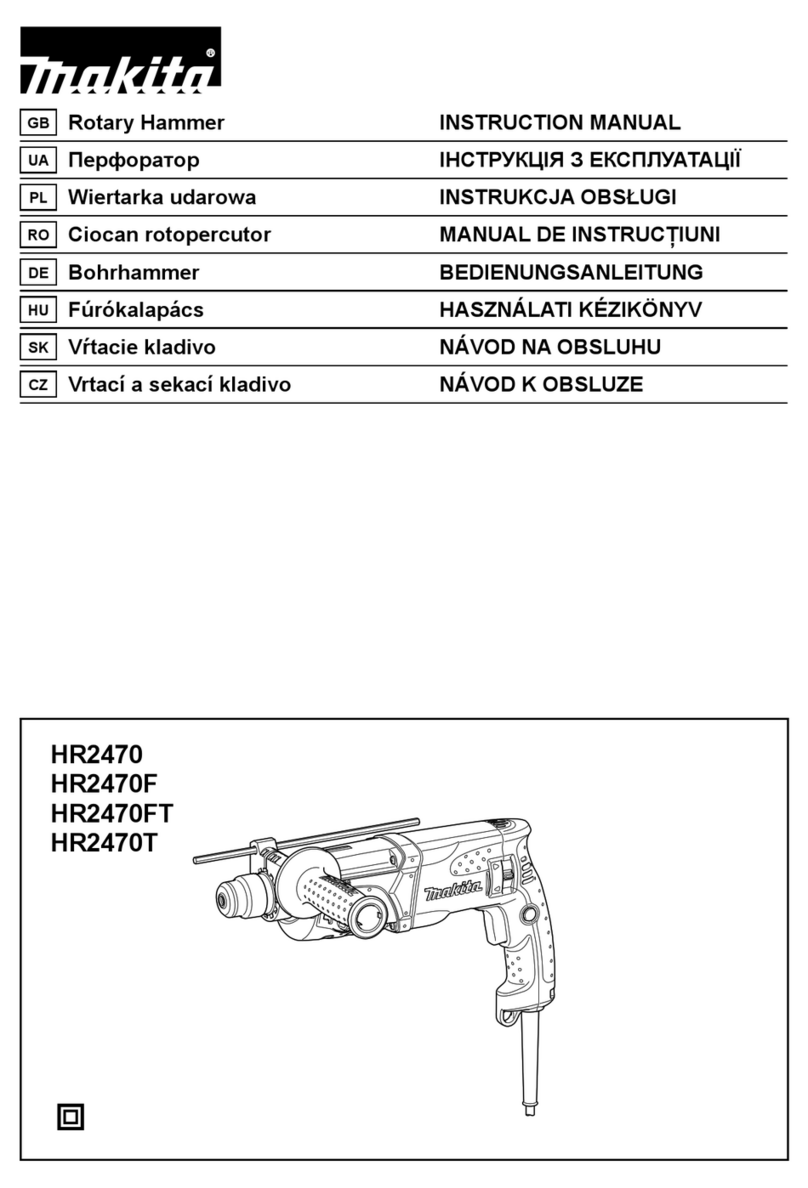
Makita
Makita HR2470 User manual

Makita
Makita HR2800 User manual
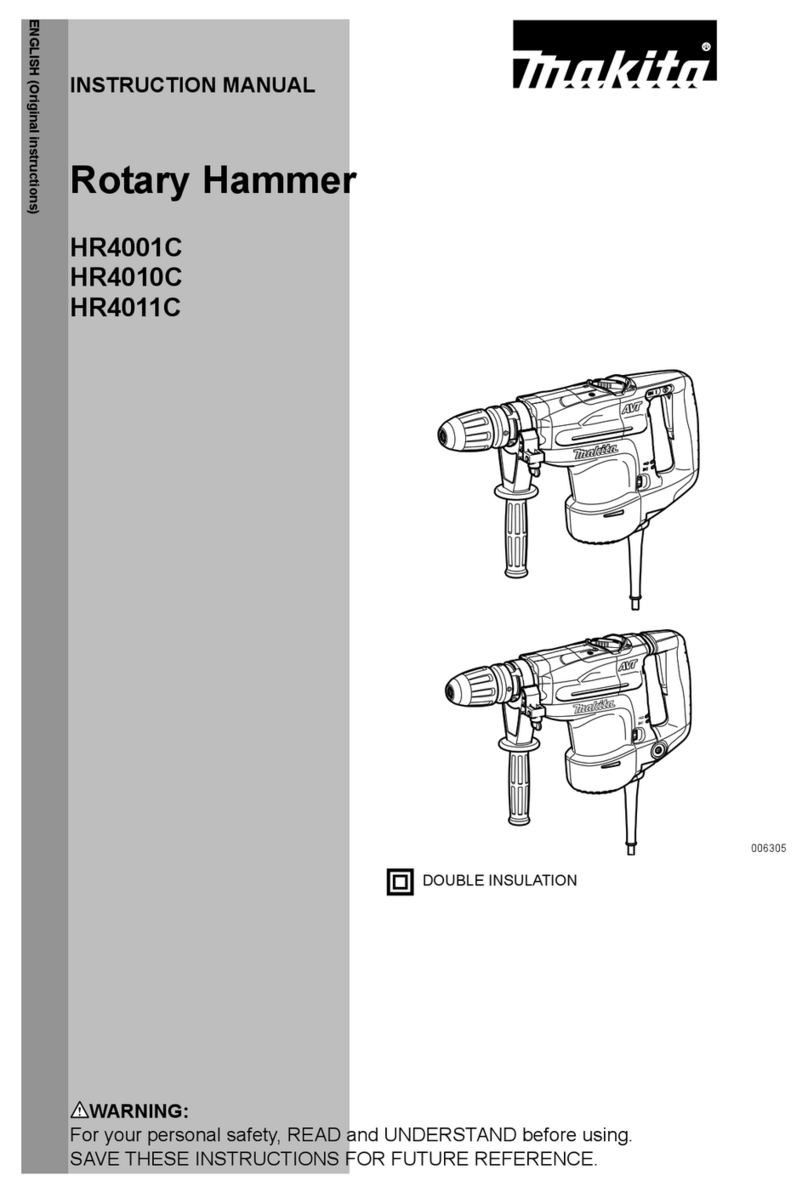
Makita
Makita HR4001C User manual

Makita
Makita XRH07 User manual
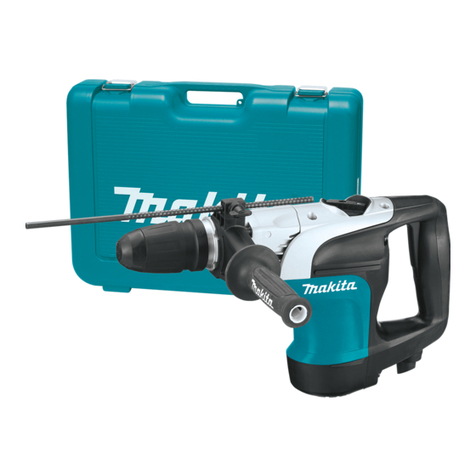
Makita
Makita HR4002 User manual
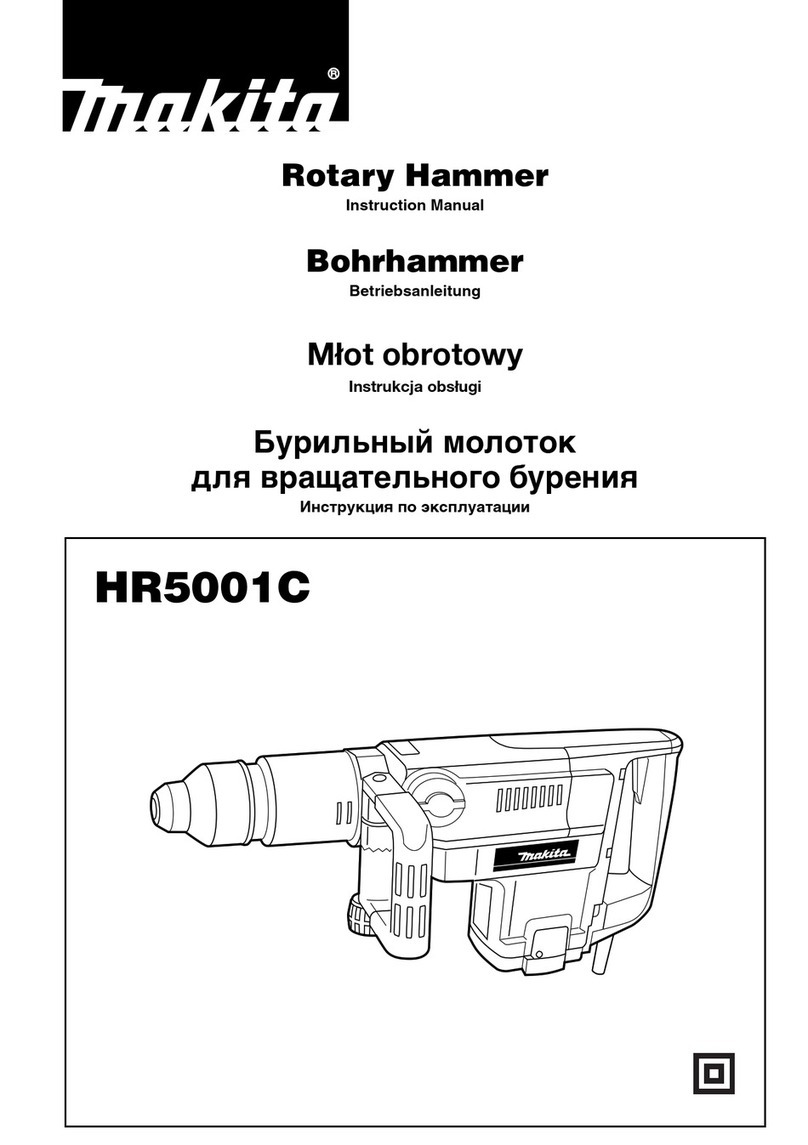
Makita
Makita HR5001C User manual
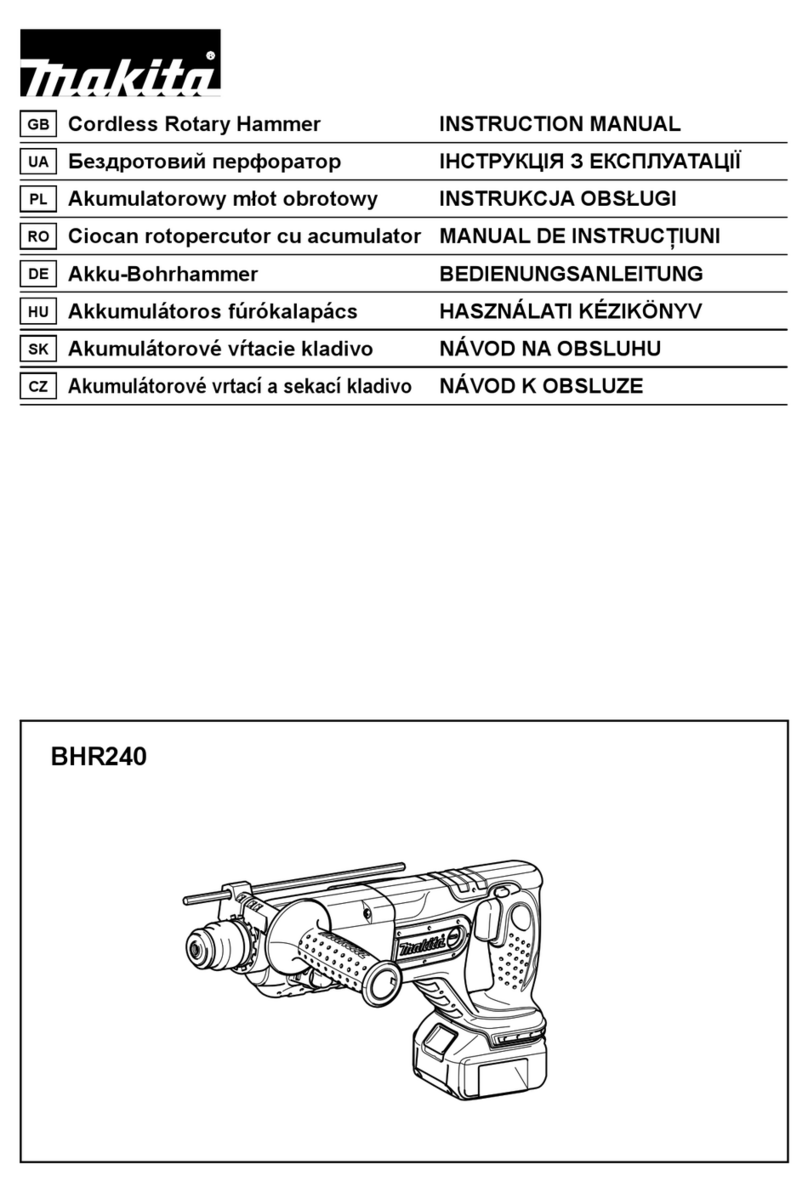
Makita
Makita BHR240 User manual
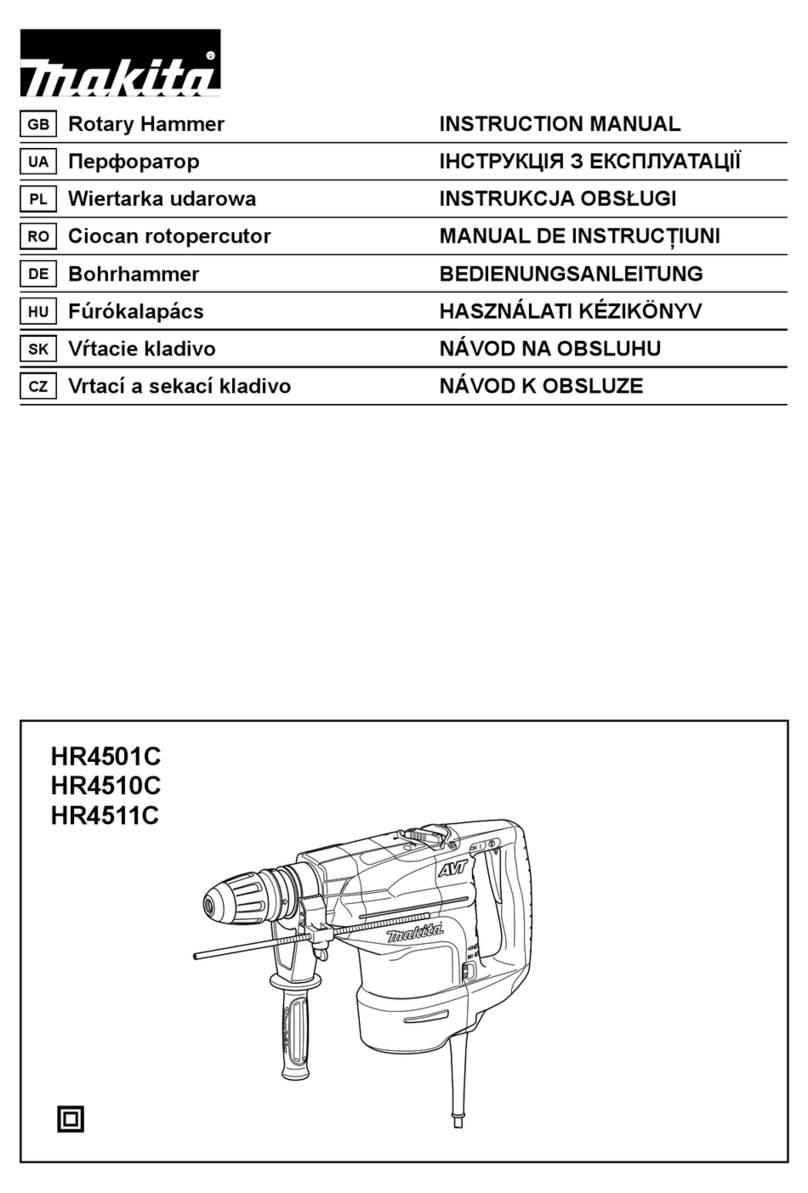
Makita
Makita HR4501C User manual

Makita
Makita HR4501C User manual
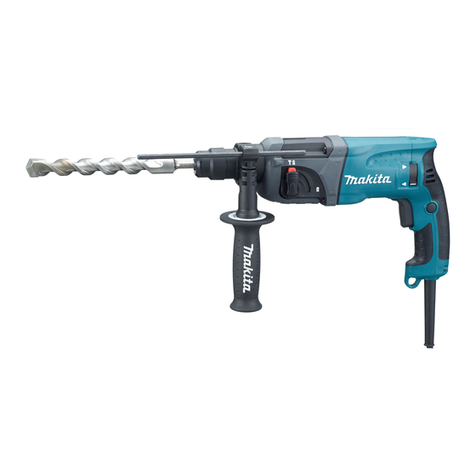
Makita
Makita HR2230 User manual
Popular Rotary Hammer manuals by other brands

BorMann
BorMann BPH7000 Translation of the original instructions

Metabo HPT
Metabo HPT DH 3628DD Safety instructions and instruction manual

Black & Decker
Black & Decker KD650 manual

Bosch
Bosch GBH Professional 2-20 DRE Original instructions

Bosch
Bosch 2-26 E operating instructions
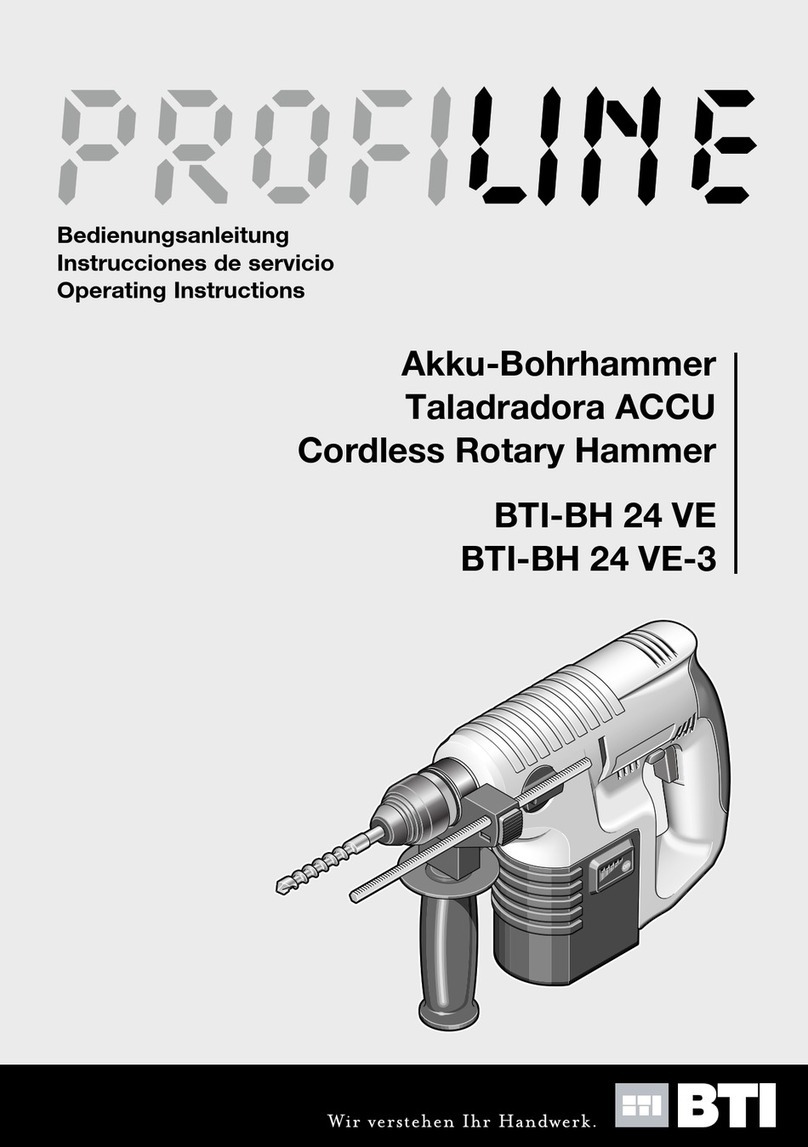
BTI
BTI Profiline BTI-BH 24 VE operating instructions
